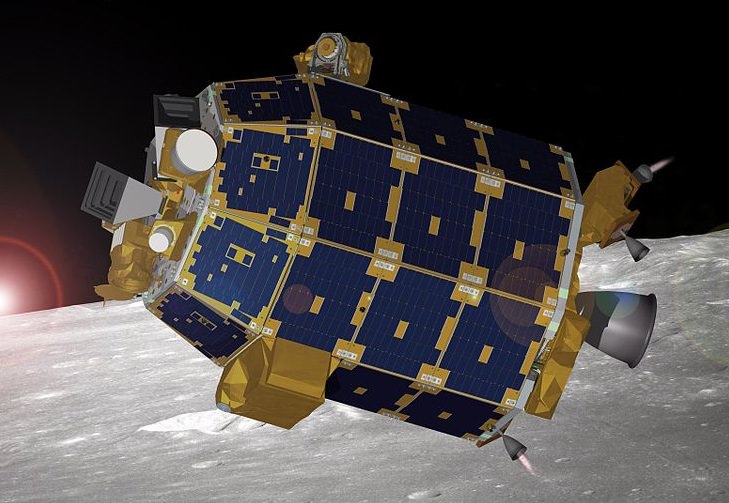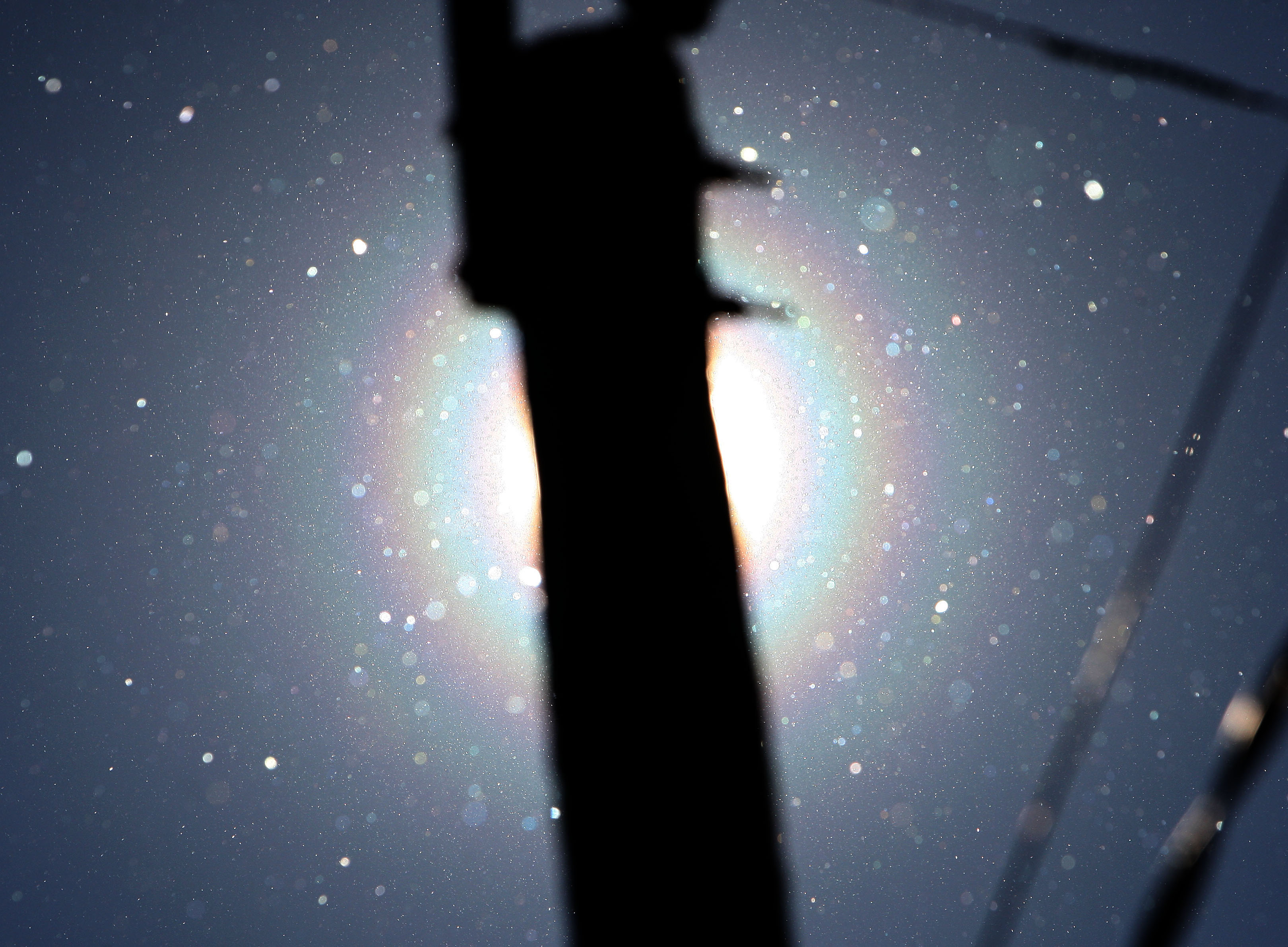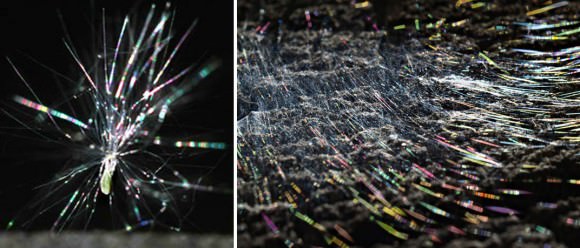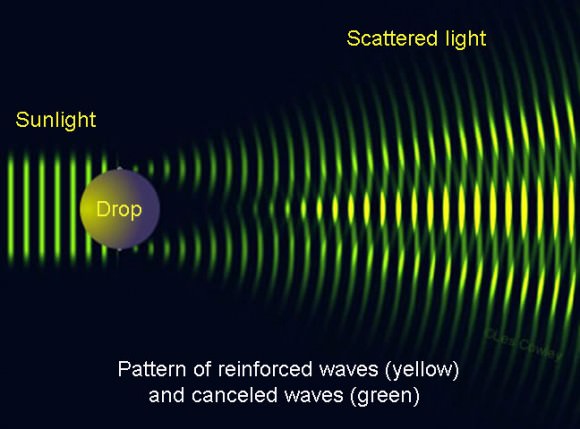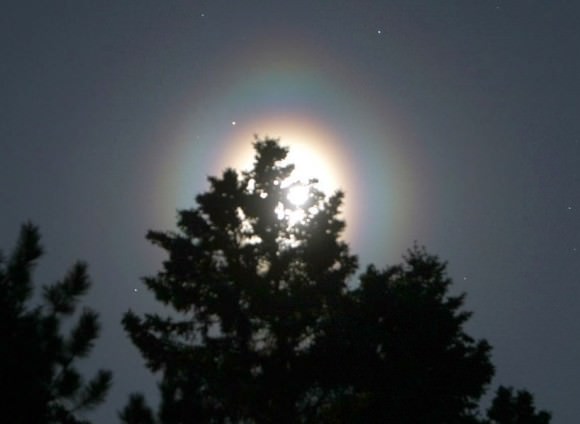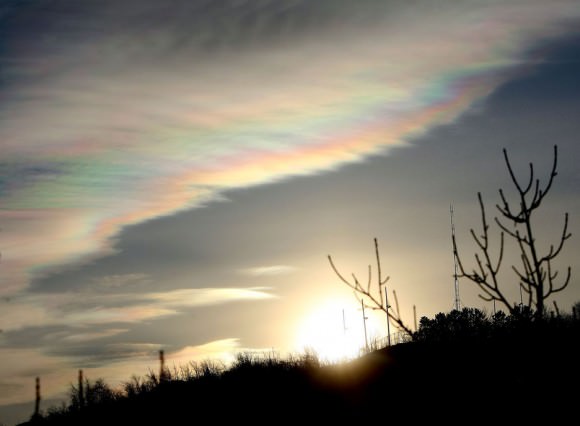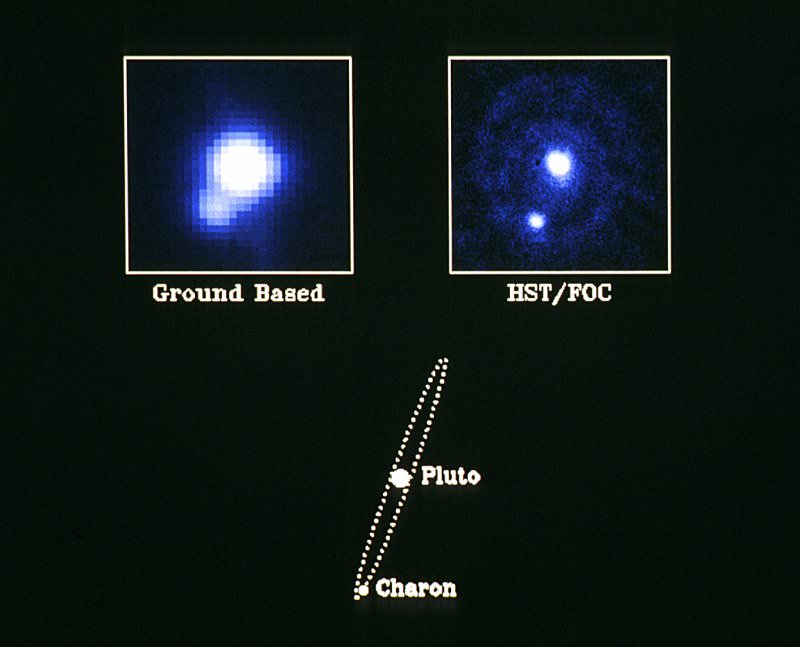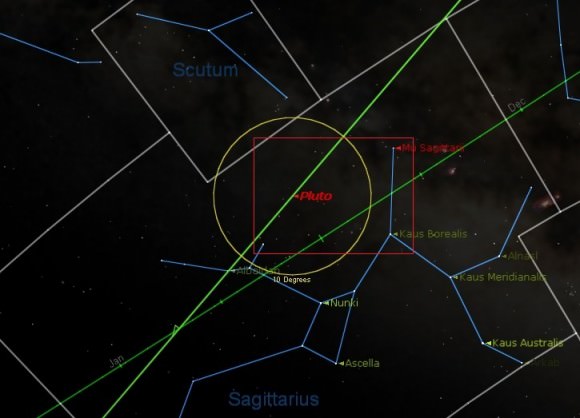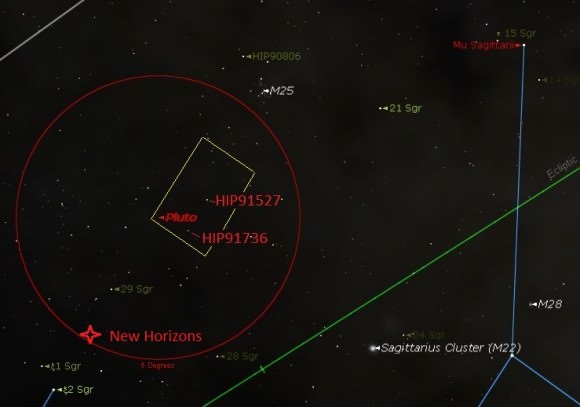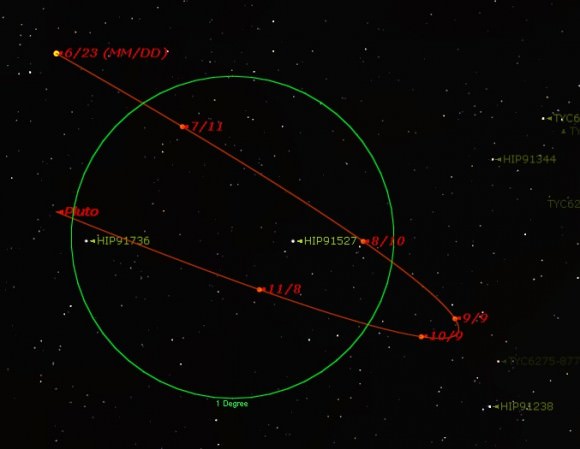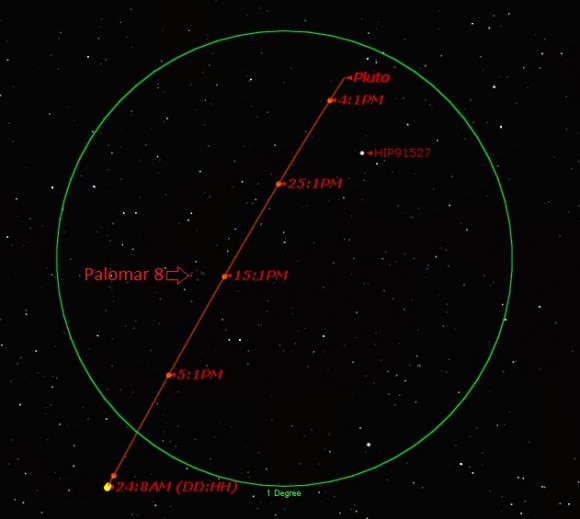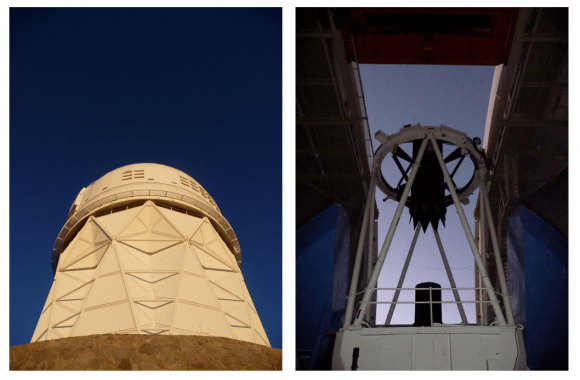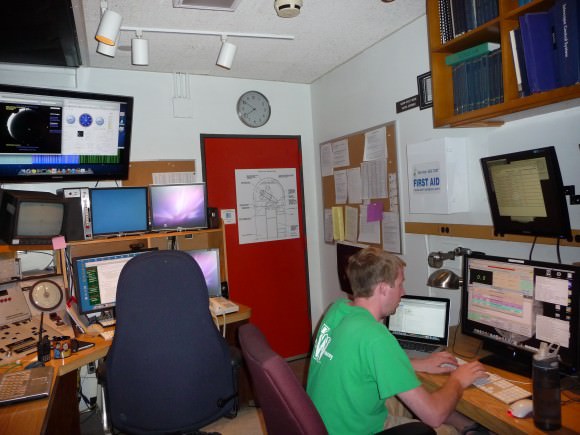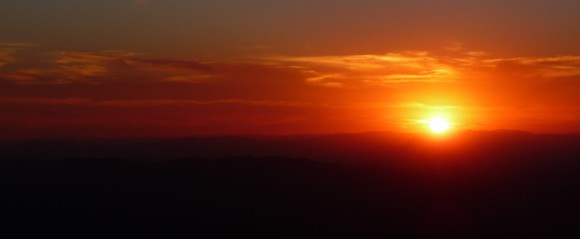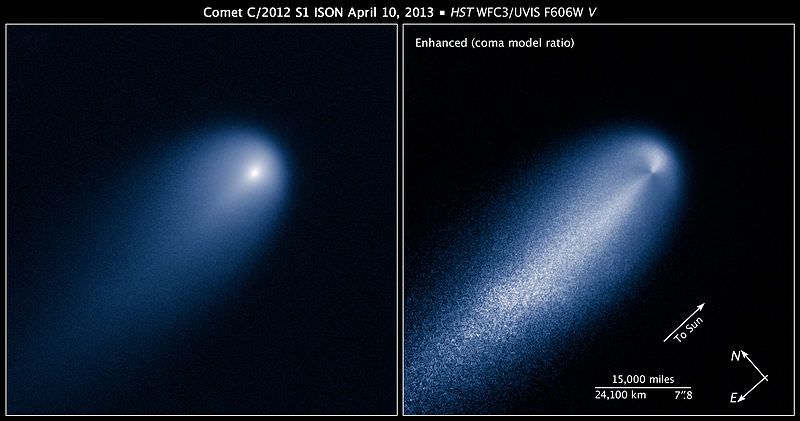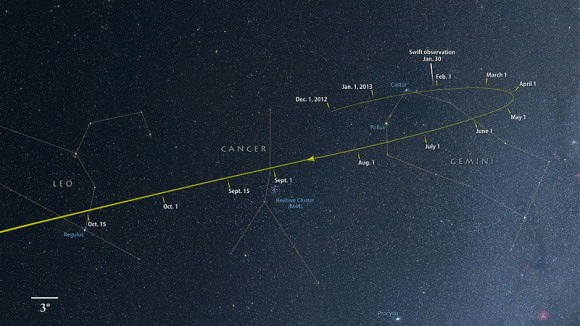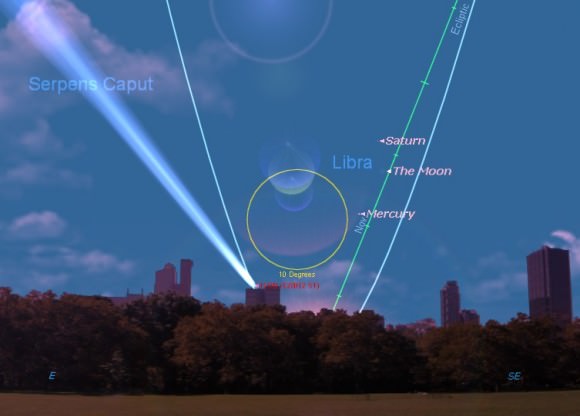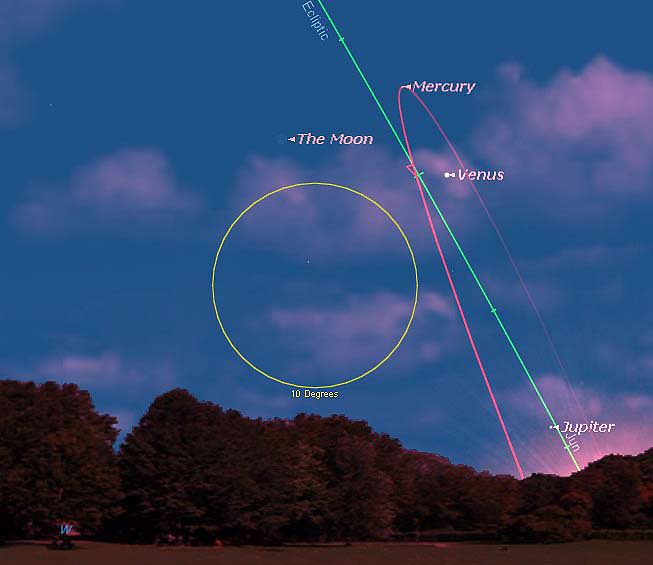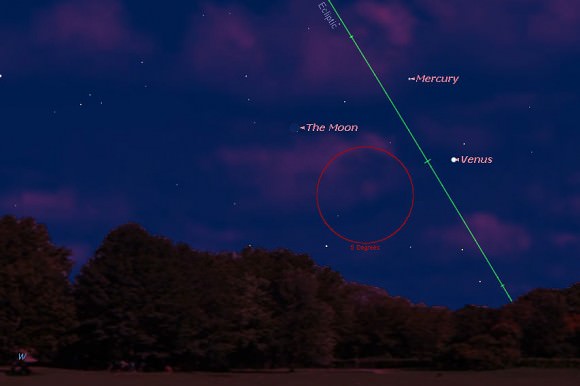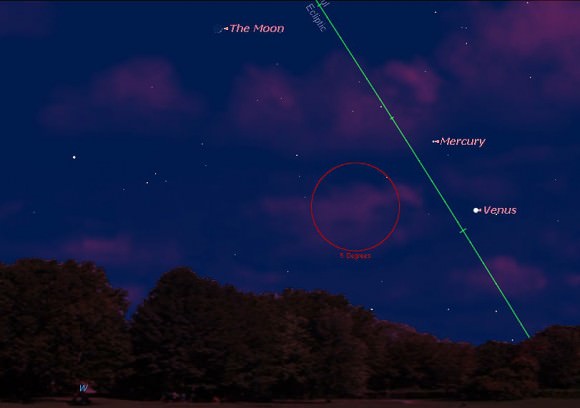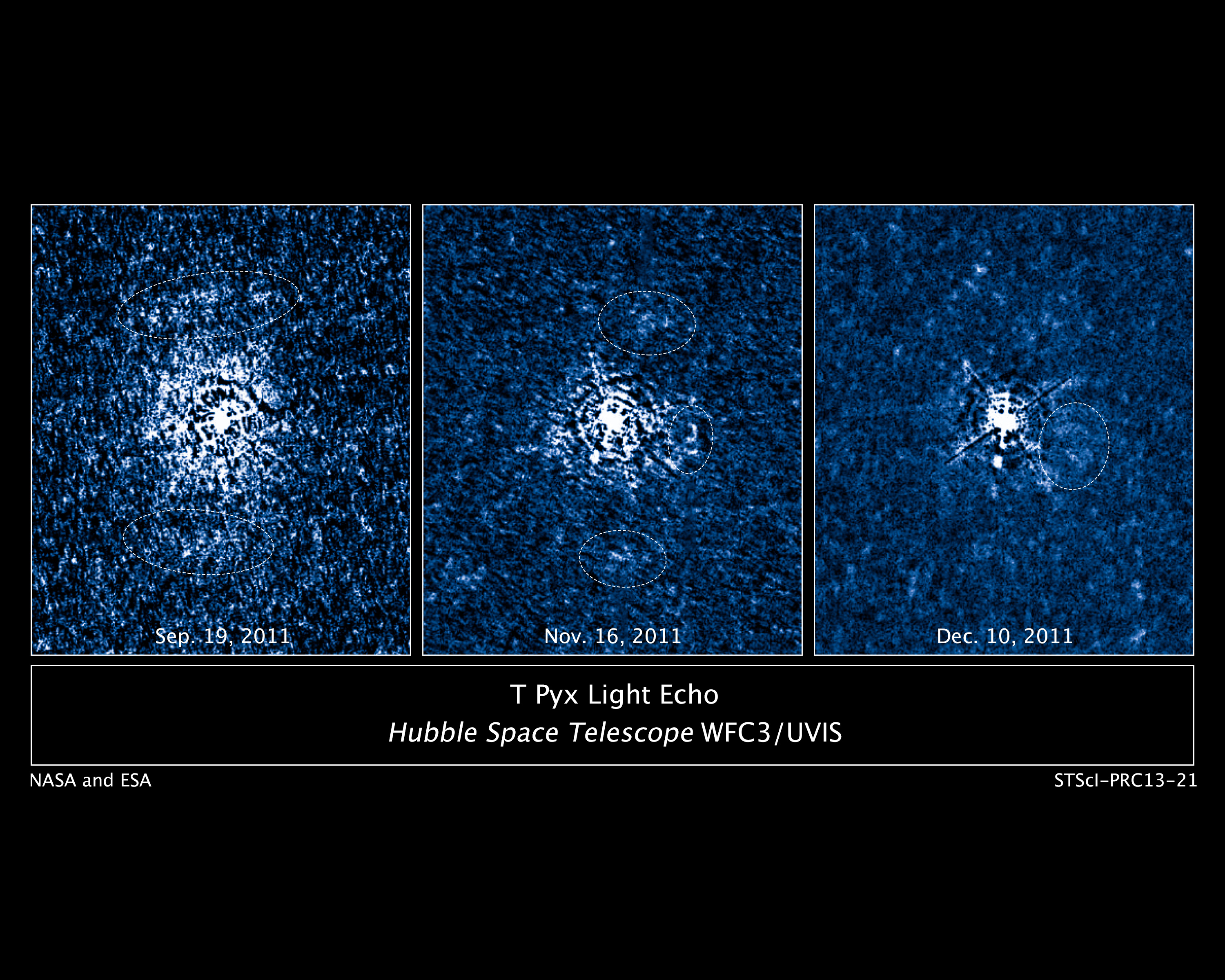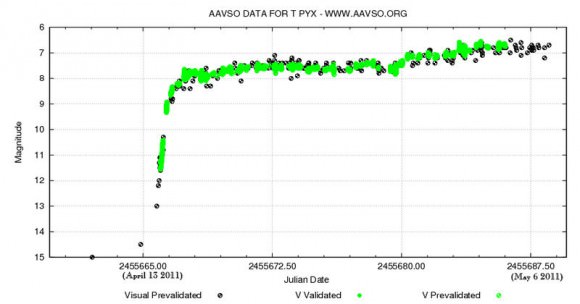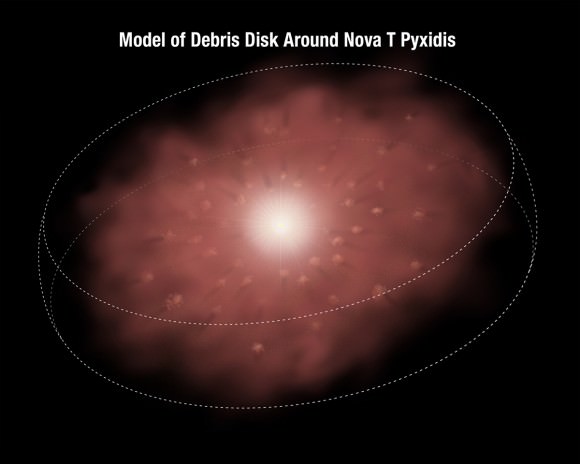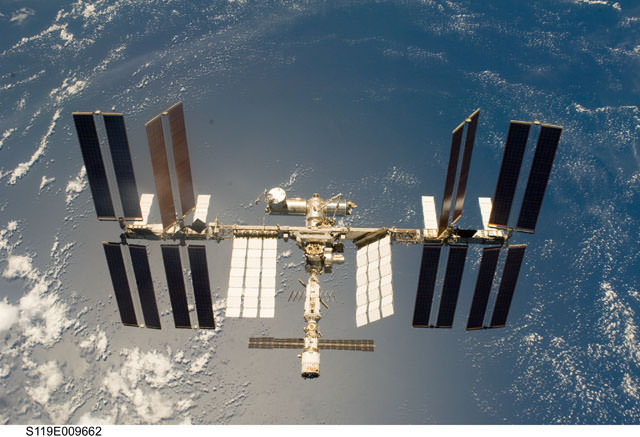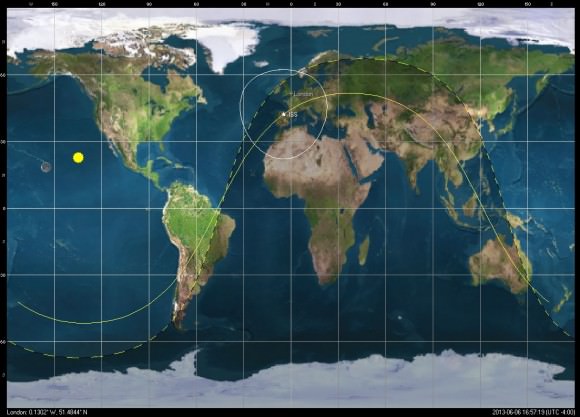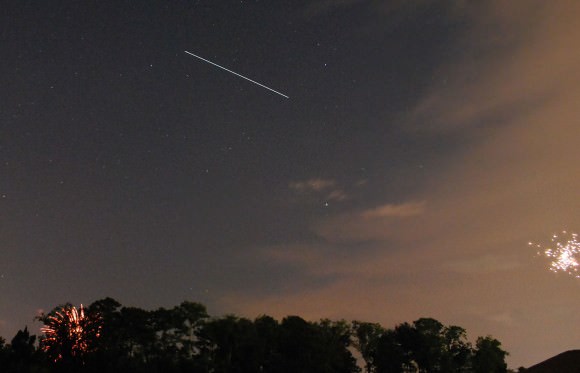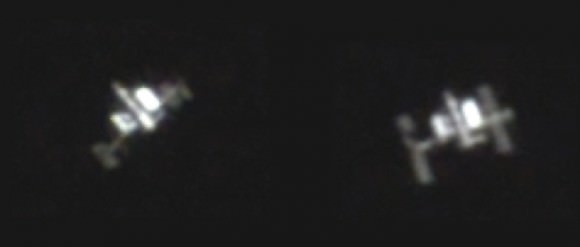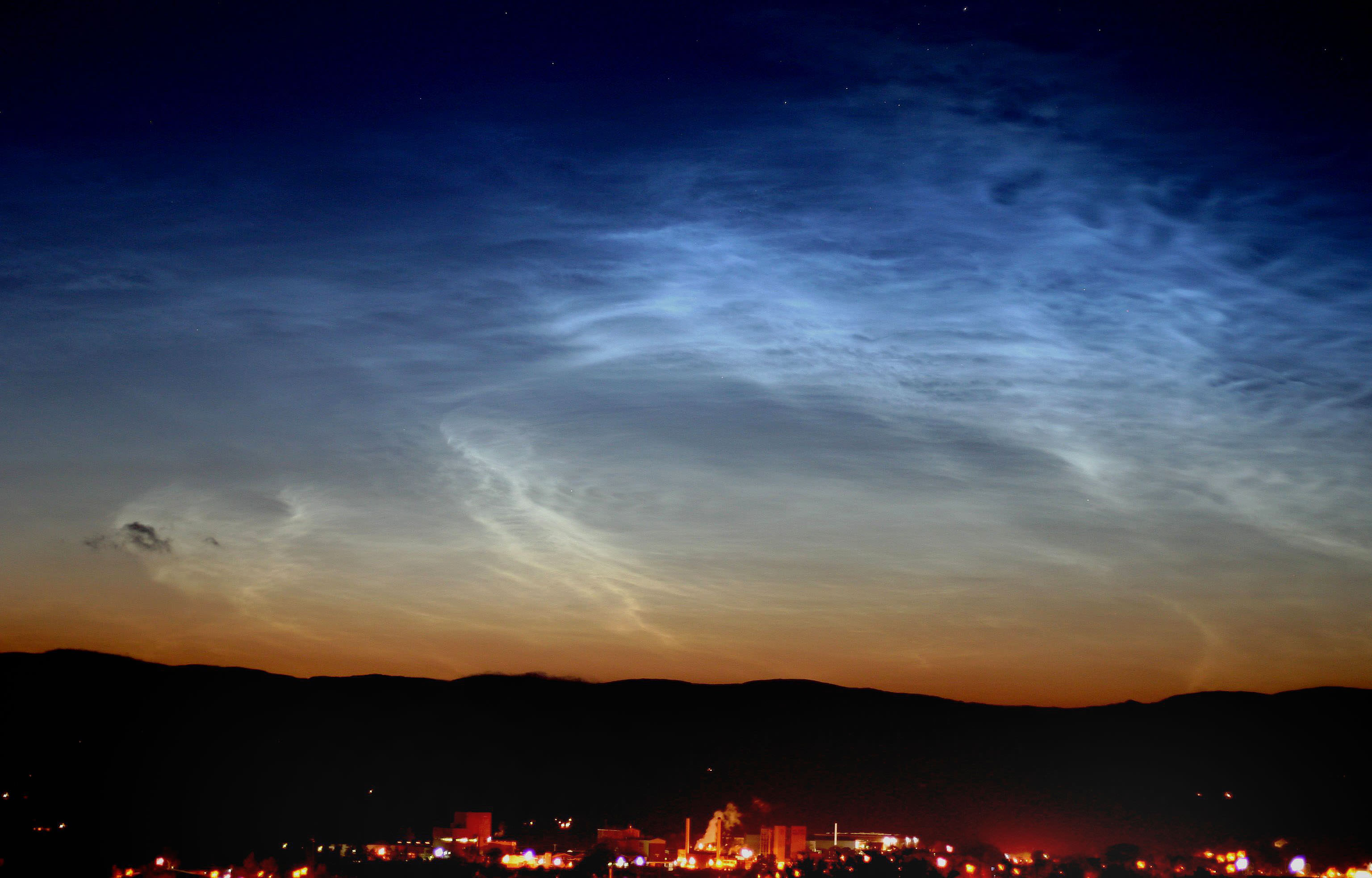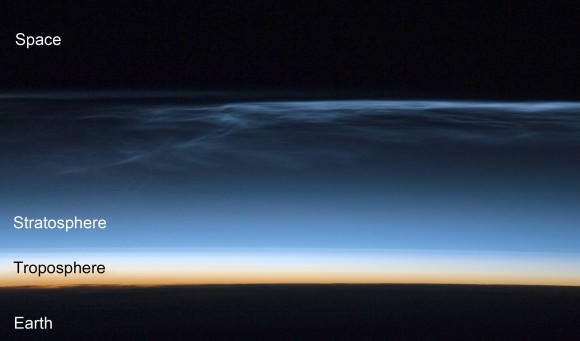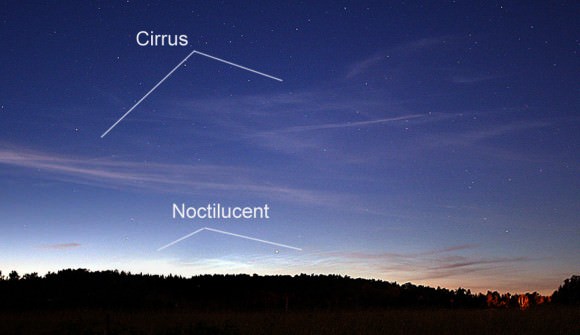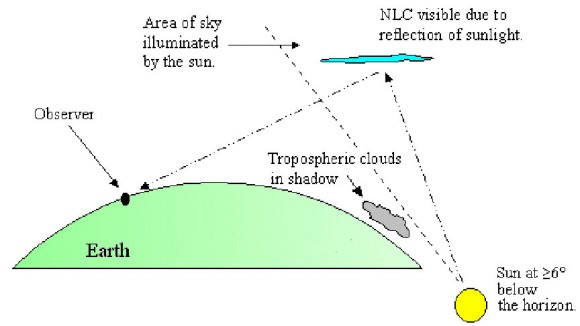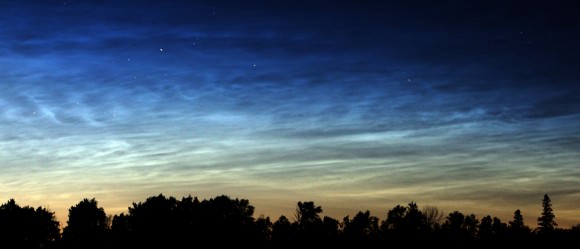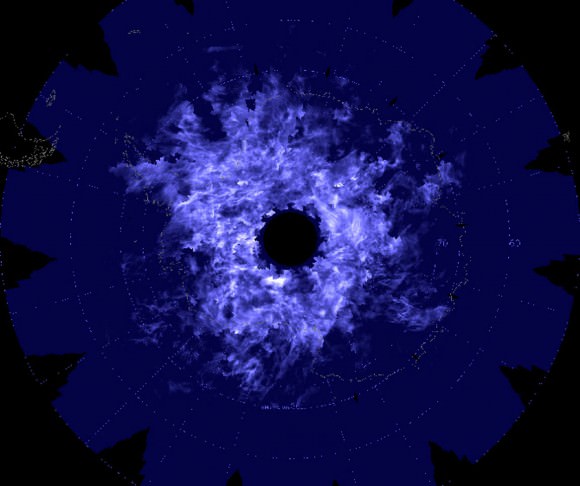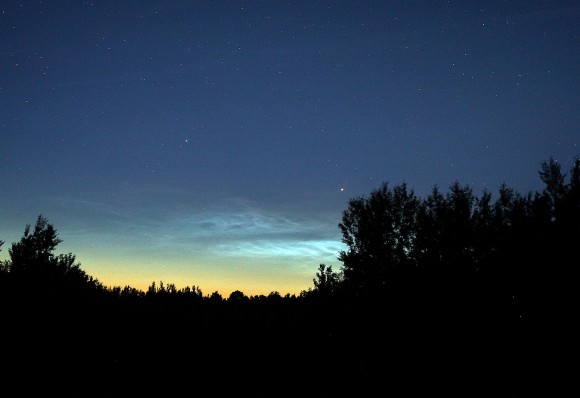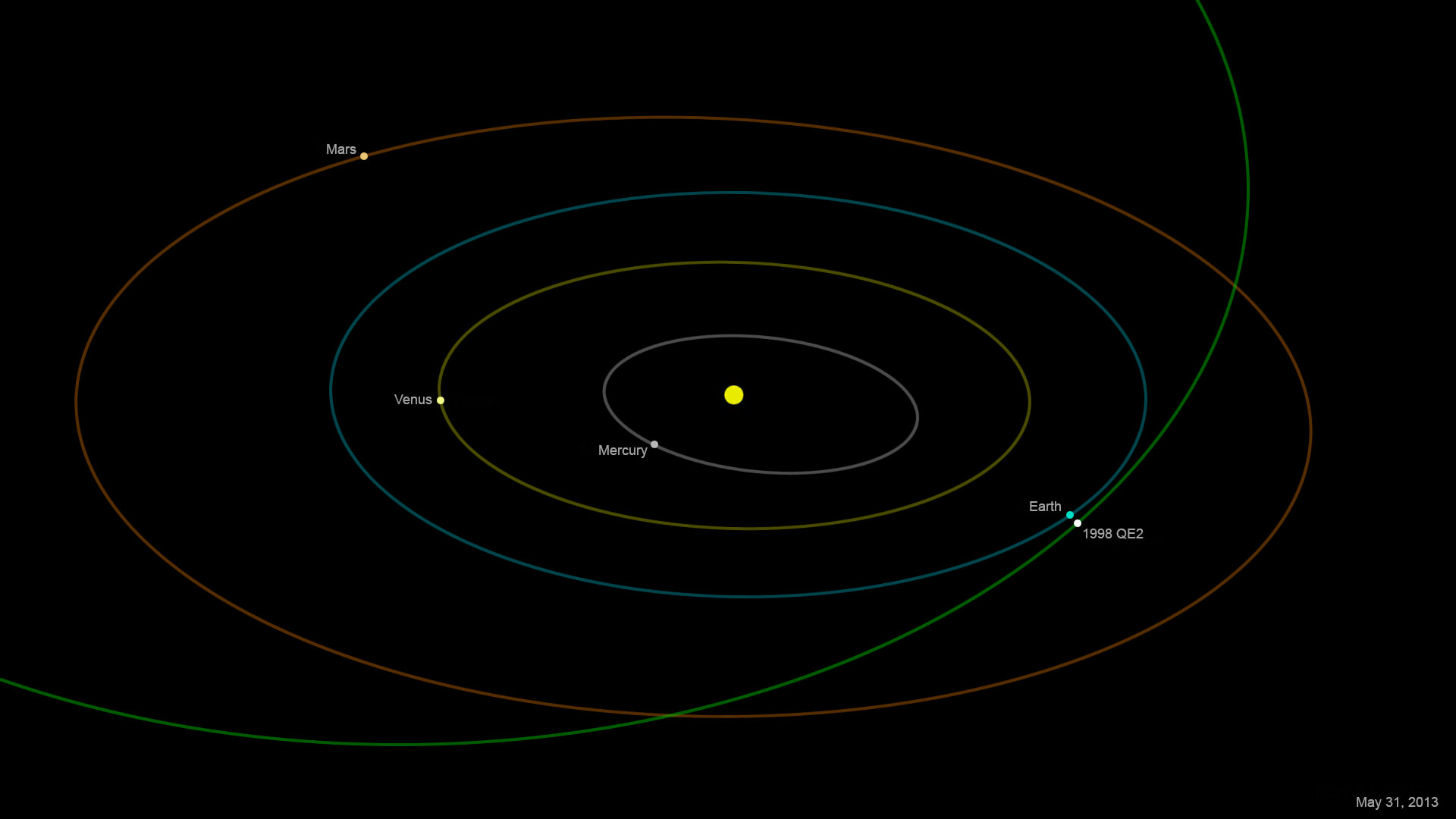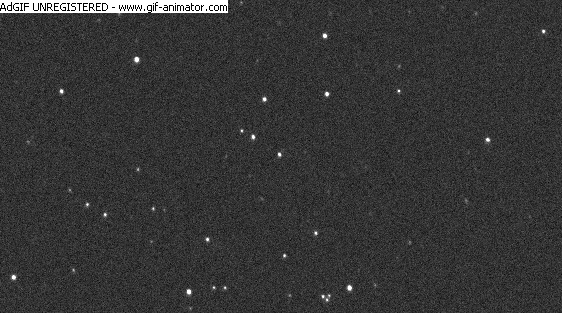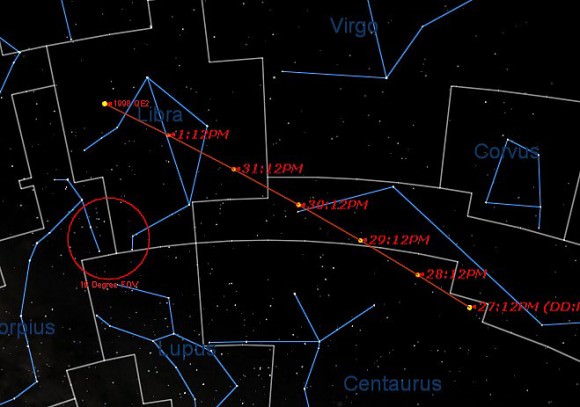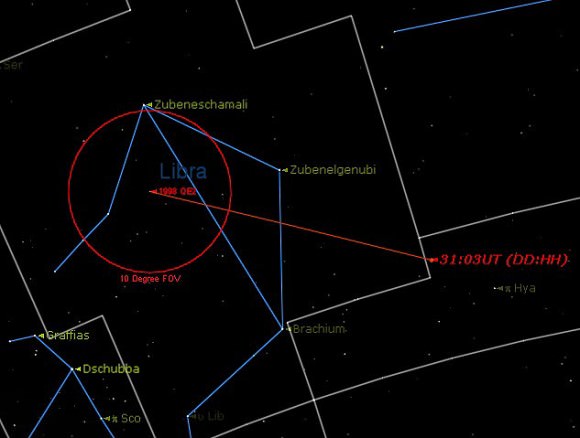You can help NASA’s upcoming lunar mission.
NASA’s Lunar Atmosphere and Dust Environment Explorer (LADEE) is slated to lift off from Wallops Island this September 5th in a spectacular night launch. LADEE will be the first mission departing Wallops to venture beyond low Earth orbit. A joint collaboration between NASA’s Goddard Spaceflight Center & the AMES Research Center, LADEE will study the lunar environment from orbit, including its tenuous exosphere.
Scientists hope to answer some long standing questions about the lunar environment with data provided by LADEE. How substantial is the wispy lunar atmosphere? How common are micro-meteoroid impacts? What was the source of the sky glow recorded by the Surveyor spacecraft and observed by Apollo astronauts before lunar sunrise and after lunar sunset while in orbit?
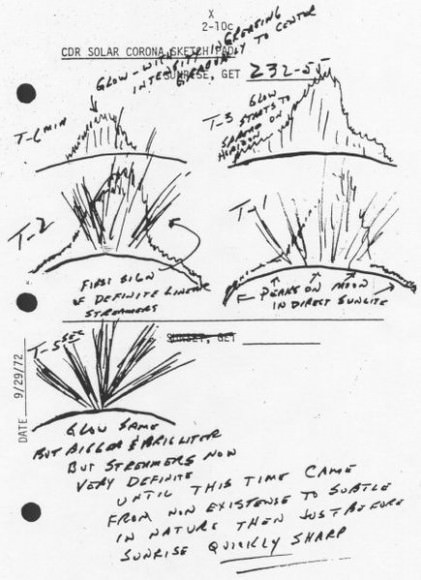
The micro-meteoroid issue is of crucial concern for any future long duration human habitation on the Moon. The Apollo missions were only days in length. No one has ever witnessed a lunar sunrise or sunset from the surface of the Moon, as all six landings occurred on the nearside of the Moon in daylight. (Sunrise to sunset on the Moon takes about two Earth weeks!)
And that’s where amateur astronomers come in. LADEE is teaming up with the Association of Lunar & Planetary Observers (ALPO) and their Lunar Meteoritic Impact Search Program in a call to watch for impacts on the Moon. These are recorded as brief flashes on the nighttime side of the Moon, which presents a favorable illumination after last quarter or leading up into first quarter phase.
We wrote recently about a +4th magnitude flash detected of the Moon on March 17th of this year. That explosion was thought to have been caused by a 35 centimetre impactor which may have been associated with the Eta Virginid meteor shower. The impact released an explosive equivalent of five tons of TNT and has set a possible new challenge for Moon Zoo volunteers to search for the resulting 6 metre crater.
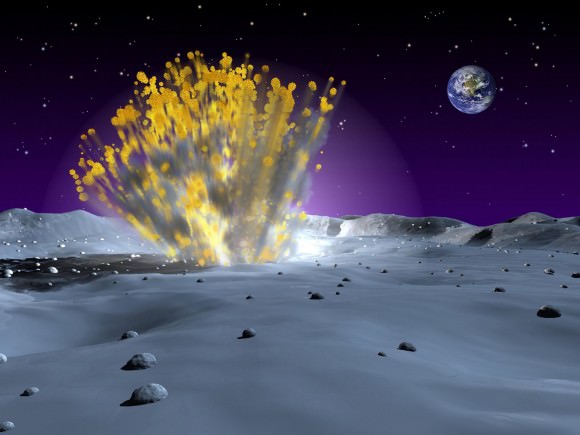
We’ve also written about amateur efforts to document transient lunar phenomena and studies attempting to pinpoint a possible source of these spurious glows and flashes on the Moon observed over the years.
NASA’s Meteoroid Environment Office is looking for dedicated amateurs to take part in their Lunar Impact Monitoring campaign. Ideally, such an observing station should utilize a telescope with a minimum aperture of 8 inches (20cm) and be able to continuously monitor and track the Moon while it’s above the local horizon. Most micro-meteoroid flashes are too fast and faint to be seen with the naked eye, and thus video recording will be necessary. A typical video configuration for the project is described here. Note the high frame rate and the ability to embed a precise time stamp is required. I’ve actually run WWV radio signals using an AM short wave radio transmitting in the background to accomplish this during occultations.
Finally, you’ll need a program called LunarScan to analyze those videos for evidence of high speed flashes. LunarScan is pretty intuitive. We used the program to analyze video shot during the 2010 Total Lunar Eclipse for any surreptitious Geminid or Ursid meteors.
Brian Cudnik, coordinator of the Lunar Meteoritic Impact Search section of the ALPO, noted in a recent forum post that we’re approaching another optimal window to accomplish these sorts of observations this weekend, with the Moon headed towards last quarter on June 30th.
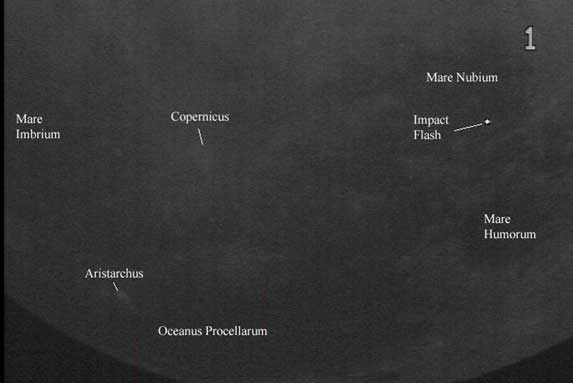
Interestingly, the June Boötids are currently active as well, with historical sporadic rates of anywhere from 10-100 per hour. In 1975, seismometers left by Apollo astronauts detected series of impacts on June 24th thought to have been caused by one of two Taurid meteor swarms the Earth passes through in late June, another reason to be vigilant this time of year.
Don’t have access to a large telescope or sophisticated video gear? You can still participate and make useful observations.
LADEE is also teaming up with JPL and the Lewis Center for Educational Research to allow students track the spacecraft en route to the Moon. Student groups will be able to remotely access the 34-metre radio telescopes based at Goldstone, California that form part of NASA’s Deep Space Communications Network. Students will be able to perform Doppler measurements during key mission milestones to monitor the position and status of the spacecraft during thruster firings.
And backyard observers can participate in another fashion, using nothing more than their eyes and patience. Meteor streams that are impacting the Moon affect the Earth as well. The International Meteor Organization is always looking for information from dedicated observers in the form of meteor counts. The Perseids, an “Old Faithful” of meteor showers, occurs this year around August 12th under optimal conditions, with the Moon only five days past New. This is also three weeks prior to the launch of LADEE.
Whichever way you choose to participate, be sure to follow the progress of LADEE and our next mission to study Earth’s Moon!
-Listen to Universe Today’s Nancy Atkinson and her interview with Brian Day of the NASA Lunar Science Institute.
-Also listen to the 365 Days of Astronomy interview with Brian Day and Andy Shaner from the Lunar Planetary institute on the upcoming LADEE mission.

